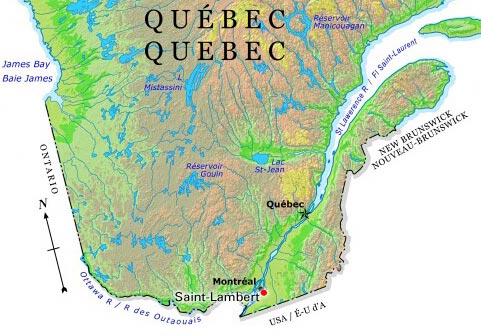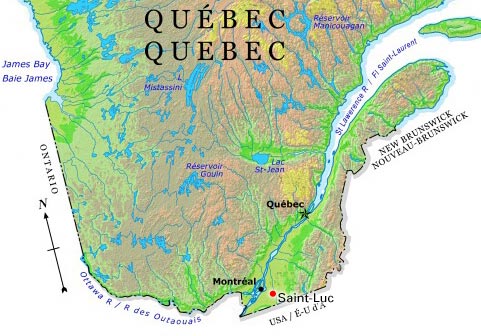Article
Saint Joseph's Oratory
Saint Joseph’s Oratory of Mount Royal is a minor basilica of the Roman Catholic Church. The Oratory is located on the northwestern slope of Mount Royal in the city of Montreal. (See also Côte-des-Neiges.) It is the tallest church in Canada and one of the largest domed structures in the world. The Oratory is an important landmark and symbol of Montreal, as well as a tourist attraction. Pilgrims come to visit it from all corners of the world. It attracts about 2 million visitors every year.











